Rising Prevalence of Genetic Disorders
The Cell Reprogramming Market is also being propelled by the rising prevalence of genetic disorders, which necessitate innovative treatment strategies. Conditions such as muscular dystrophy, cystic fibrosis, and various forms of cancer are increasingly recognized as areas where cell reprogramming could offer therapeutic solutions. The global burden of genetic disorders is projected to increase, with millions affected worldwide. This scenario creates a pressing need for advanced therapies that can address the underlying genetic causes of these diseases. As a result, the Cell Reprogramming Market is likely to see heightened interest from pharmaceutical companies and research institutions aiming to develop targeted treatments for these conditions.
Growing Investment in Stem Cell Research
Investment in stem cell research is a critical driver for the Cell Reprogramming Market. As funding from both public and private sectors increases, researchers are better equipped to explore the potential of reprogrammed cells in various therapeutic contexts. In recent years, venture capital investments in stem cell companies have surged, with estimates suggesting that funding could reach USD 5 billion by 2025. This influx of capital is likely to accelerate the development of novel therapies and technologies, thereby enhancing the overall landscape of the Cell Reprogramming Market. Furthermore, collaborations between academic institutions and biotech firms are expected to flourish, fostering innovation and driving market growth.
Advancements in Gene Editing Technologies
The Cell Reprogramming Market is significantly influenced by advancements in gene editing technologies, such as CRISPR and TALEN. These innovations enable precise modifications of genetic material, facilitating the reprogramming of somatic cells into pluripotent stem cells. The ability to edit genes with high accuracy enhances the efficiency of cell reprogramming processes, thereby increasing the potential for therapeutic applications. As of 2025, the gene editing market is anticipated to exceed USD 10 billion, with a substantial portion attributed to applications in cell reprogramming. This intersection of gene editing and cell reprogramming is likely to drive research and development efforts, further propelling the Cell Reprogramming Market forward.
Increasing Demand for Regenerative Medicine
The Cell Reprogramming Market is experiencing a surge in demand for regenerative medicine, driven by the need for innovative therapies to treat chronic diseases and injuries. As the global population ages, the prevalence of age-related conditions is rising, necessitating advanced treatment options. According to recent estimates, the regenerative medicine market is projected to reach USD 100 billion by 2025, with cell reprogramming technologies playing a pivotal role in this growth. This demand is further fueled by the increasing awareness of the potential of stem cell therapies and tissue engineering, which rely heavily on reprogrammed cells. Consequently, the Cell Reprogramming Market is positioned to expand significantly as healthcare providers and researchers seek to harness these technologies for therapeutic applications.
Regulatory Support for Cell-Based Therapies
Regulatory support for cell-based therapies is emerging as a significant driver for the Cell Reprogramming Market. Governments and regulatory bodies are increasingly recognizing the potential of cell reprogramming technologies in developing safe and effective therapies. Initiatives aimed at streamlining the approval process for regenerative medicine products are being implemented, which could facilitate faster market entry for innovative therapies. As of 2025, it is anticipated that regulatory frameworks will continue to evolve, providing clearer guidelines for the development and commercialization of cell-based therapies. This supportive environment is likely to encourage investment and research in the Cell Reprogramming Market, ultimately benefiting patients in need of advanced treatment options.


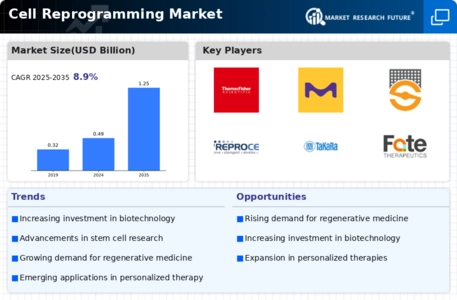
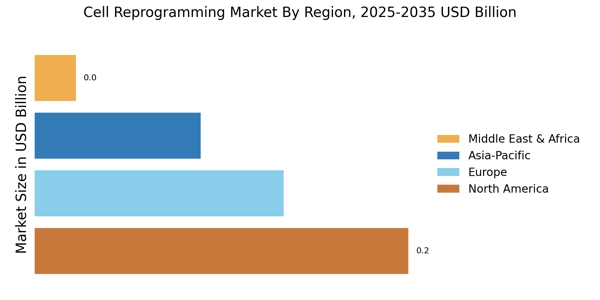
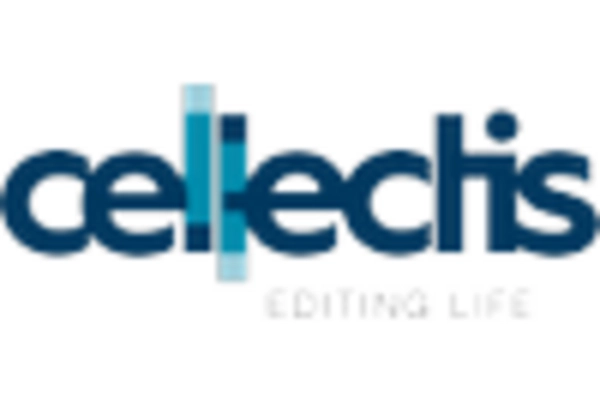
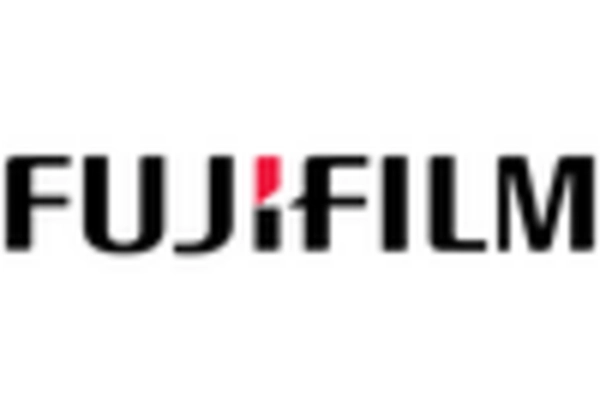
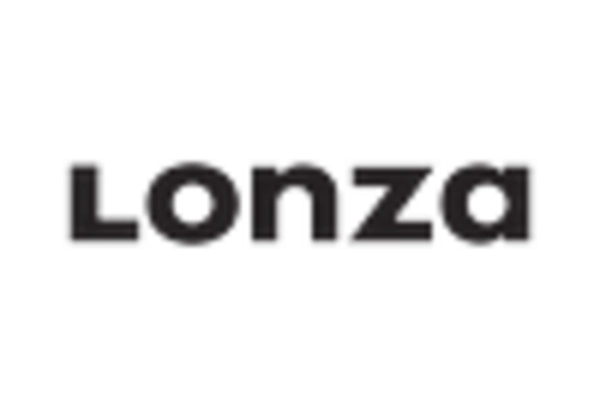

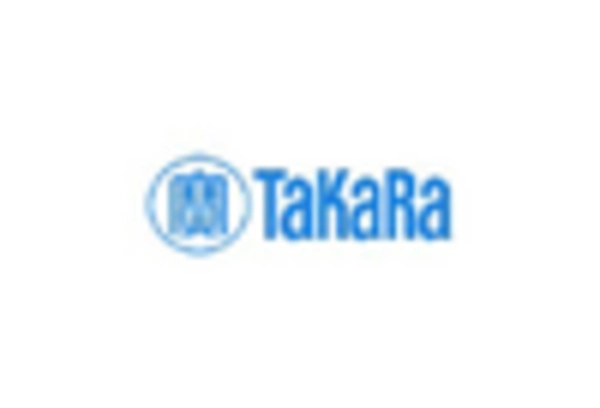









Leave a Comment